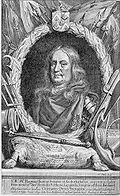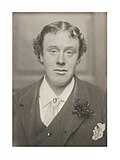
The Stenbock family is an old Swedish noble family, of which one younger branch established itself in Finland and another younger branch in Estonia, both of them in the mid 18th century, of which the first was entered into the rolls of the Finnish House of Nobility and the latter received both Estonian and Russian letters of nobility.







